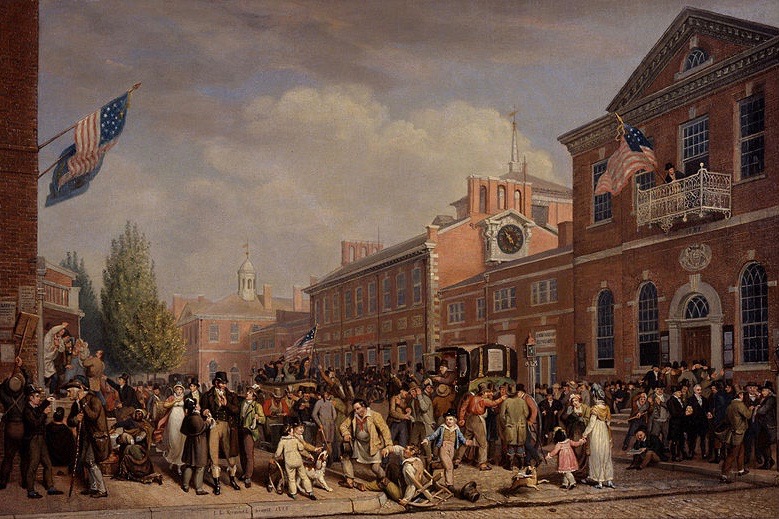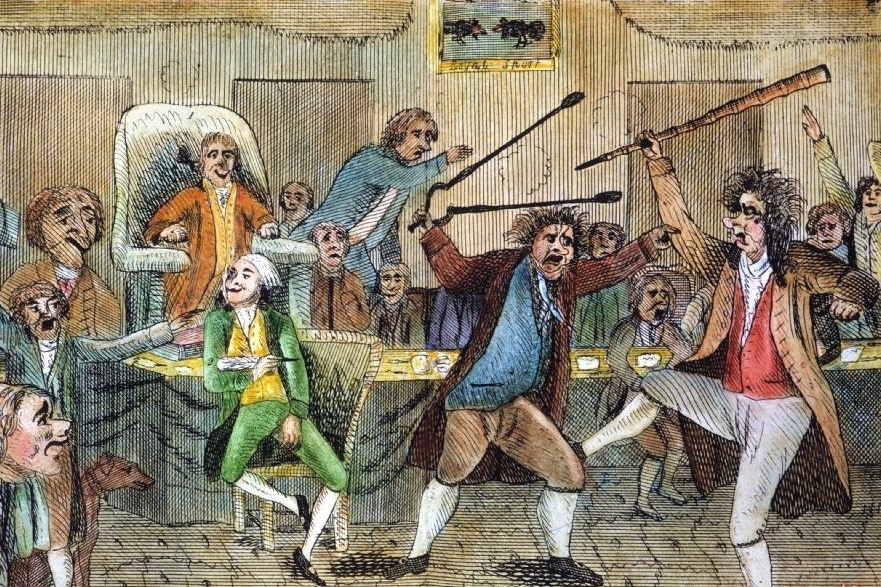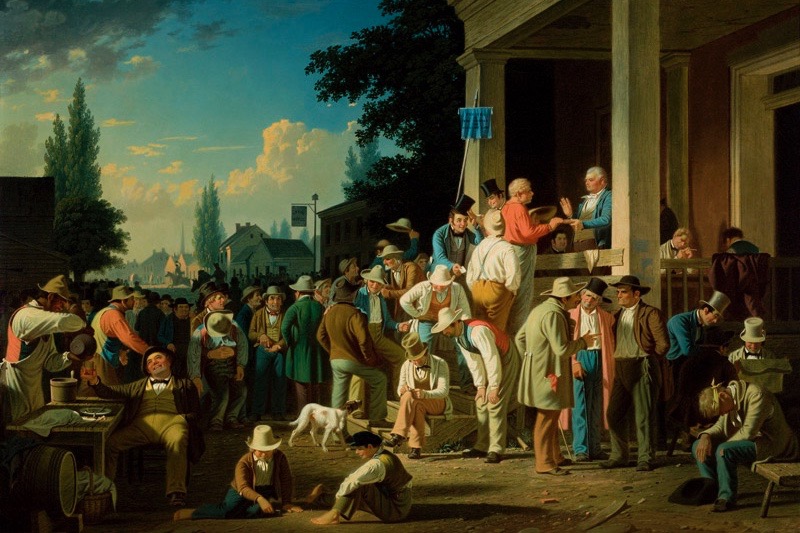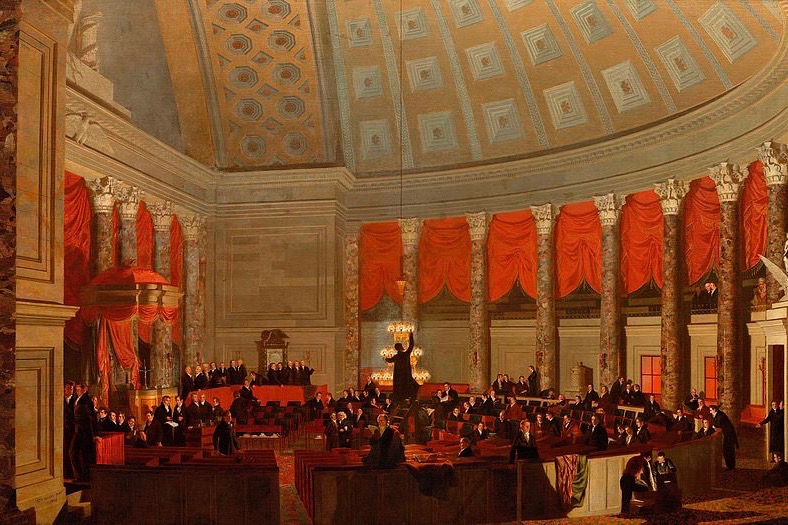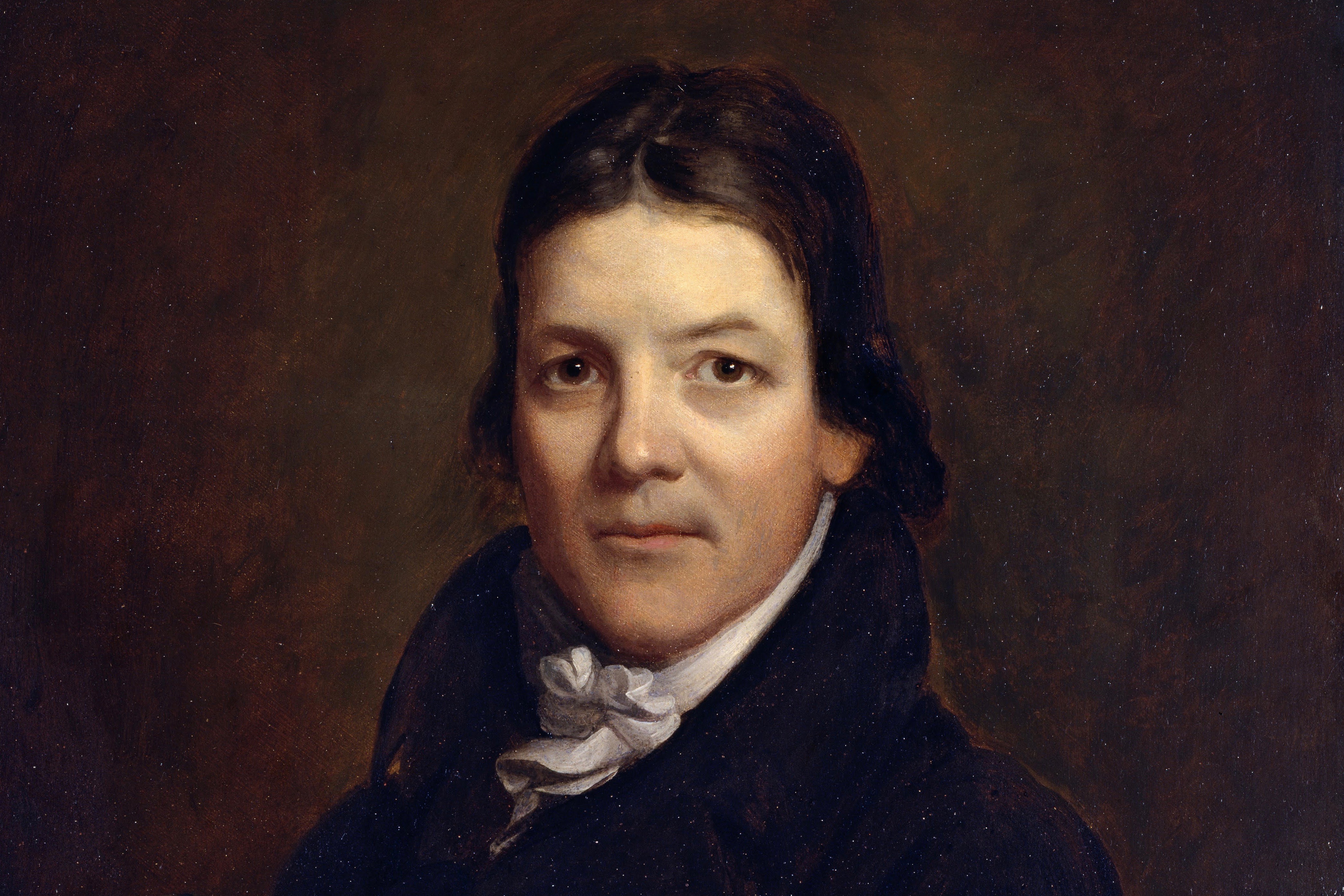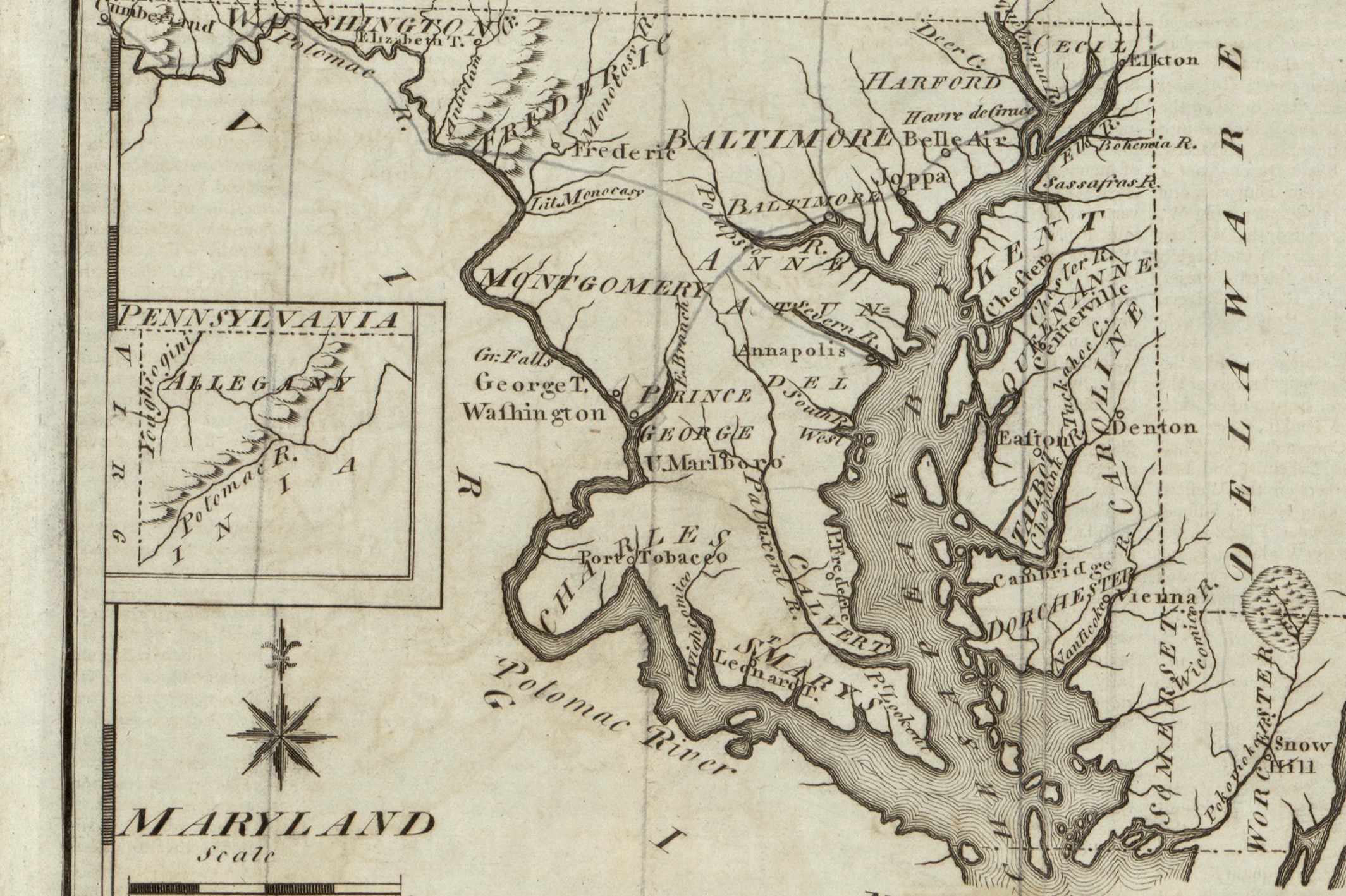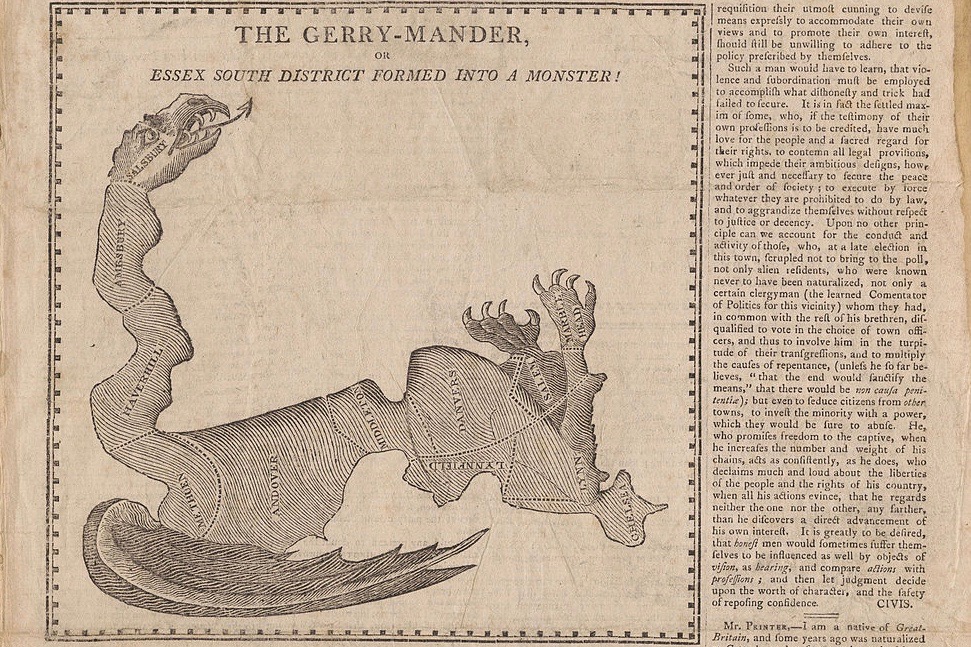Introduction: Mapping the First Party System
The historical records for the results of elections during the early American republic are scattered and fragmentary. After the surviving election returns were gathered by the A New Nation Votes project, we turned them into a spatial dataset. Understanding this process will help citizens and scholars to interpret these maps and data from the First Party System.
Political Parties in the Early Republic
Political parties during the early national era were fundamentally different from political parties today. Parties at this time were evolving institutions whose legitimacy and structure were not well-defined—yet which, at the same time, came to occupy a crucial, and unexpected, role in the American political process.
Electing Members of Congress in the Early Republic
For the first several decades of the new nation’s existence, the individual states within the United States had virtually unrestricted authority over the time, place, and manner of electing members for the U.S. Congress. Because of this, states developed and experimented with their own creative electoral procedures, such as at-large elections or multiple-member districts. These dynamic electoral methods reflect the period’s ongoing debates about the nature of representation in the new republic.
Democracy and the Importance of Voter Turnout
While previous studies have reported fairly low levels of voter participation during the early national era, voter turnout actually increased dramatically during this period, with 50 to 70 percent of the total free male population frequently voting in many states. In contrast with later political systems, substantive issues, rather than party loyalty, galvanized voters during the First Party System and propelled them to the polls.
Congressional Incumbency in the Early Republic
High rates of congressional turnover during the new republic's first decades produced a kind of de facto rotation in office, bringing new members with fresh ideas, but also erasing the knowledge and expertise of experienced members. While some incumbent members did not return to Congress at the wishes of their constituents, others chose to leave their seat voluntarily in order to remain at home with their families, or seek other political or economic opportunities.
Maryland's Political Geography in the Early Republic
Throughout the first years of the new nation's existence, geographic considerations and local issues often played a significant role in determining party allegiances and political preferences. During Maryland's second congressional election, political leaders discarded their national party affiliations and instead embraced local party labels to represent their stance on a local matter. While the "Chesapeake" and "Potomac" parties only appeared in one election, the two regionally-based voting blocs they represented continued to influence voting patterns throughout the state for almost two decades.
Bibliography
Sources for further reading about early American politics and elections.
